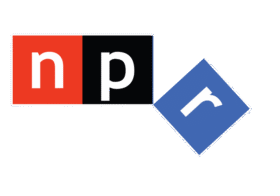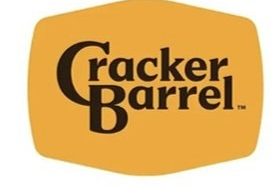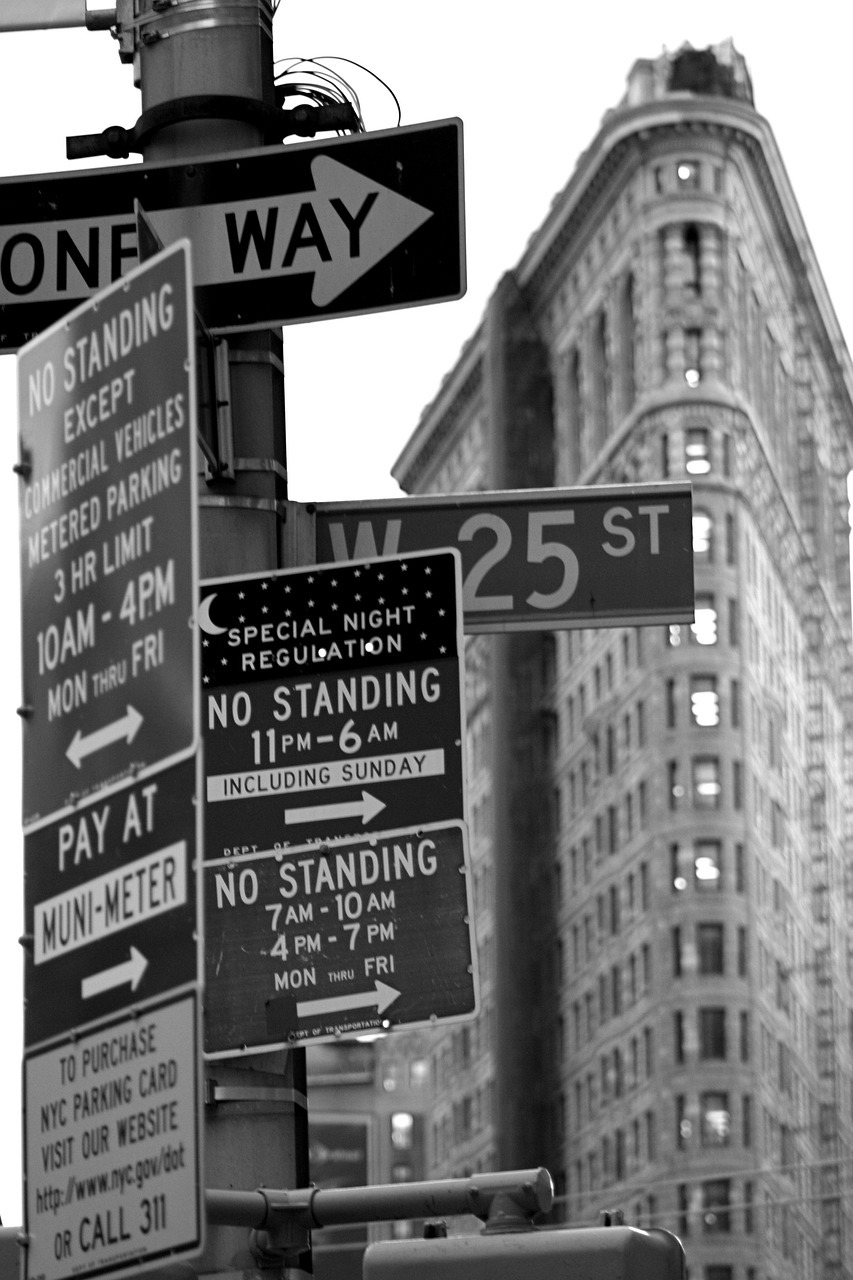
We’ve all read the studies that show how many marketing messages the average person is exposed to every day. I did some research, and while the numbers vary, the consensus is that we are bombarded with somewhere between 6,000 and 10,000 messages a day. As you might imagine, the internet has contributed a great deal to this marketing overexposure.
It doesn’t seem to matter whether we use ad blocking software or not, because Facebook and Google ads continue to dominate our web surfing and scrolling. And they consistently get better at managing the frequency with which we see brands, products, and services that align with our experiences, our searches, and even our conversations.
But there’s an old trick to making a lasting impression via signage, and it was originally launched nearly a century ago by the Burma-Shave company. You’ve probably not heard of them because Burma-Shave called it quits in the early ’60s. Their claim to fame was their brushless shaving cream, presented in a novel fashion via mass buys of billboards and smaller highway signs along the sides of roads, instantly drawing suspense and intrigue to their marketing messages. When America began to spend massive amounts of time in their cars, taking long road trips across the country, Burma-Shave was there. They may not have survived as a brand, but their marketing prowess lives on thanks to their clever and ubiquitous highway signs.
The research shows that Burma-Shave purchased 7,000 sets of signs across 45 states to consistently get its gross impressions across to customers zipping by on their way to somewhere. Before there was OES—Optimal Effective Scheduling—there was Burma-Shave’s consistently clever freeway campaigns.
Each array of signs would tell a story, an axiom, a joke, or other clever or whimsical messages, with the plug for Burma-Shave always appearing as the final sign in the sequence—in other words, the tag line. Drivers and passengers—truckers making deliveries, consumers on their way to a favorite beach or resort area—would get sucked into the clever messaging on the signs, ending with the Burma-Shave punchline. It was a brilliant concept, consistently “owning” all this highway messaging via millions of impressions viewed by a captive audience in their cars.
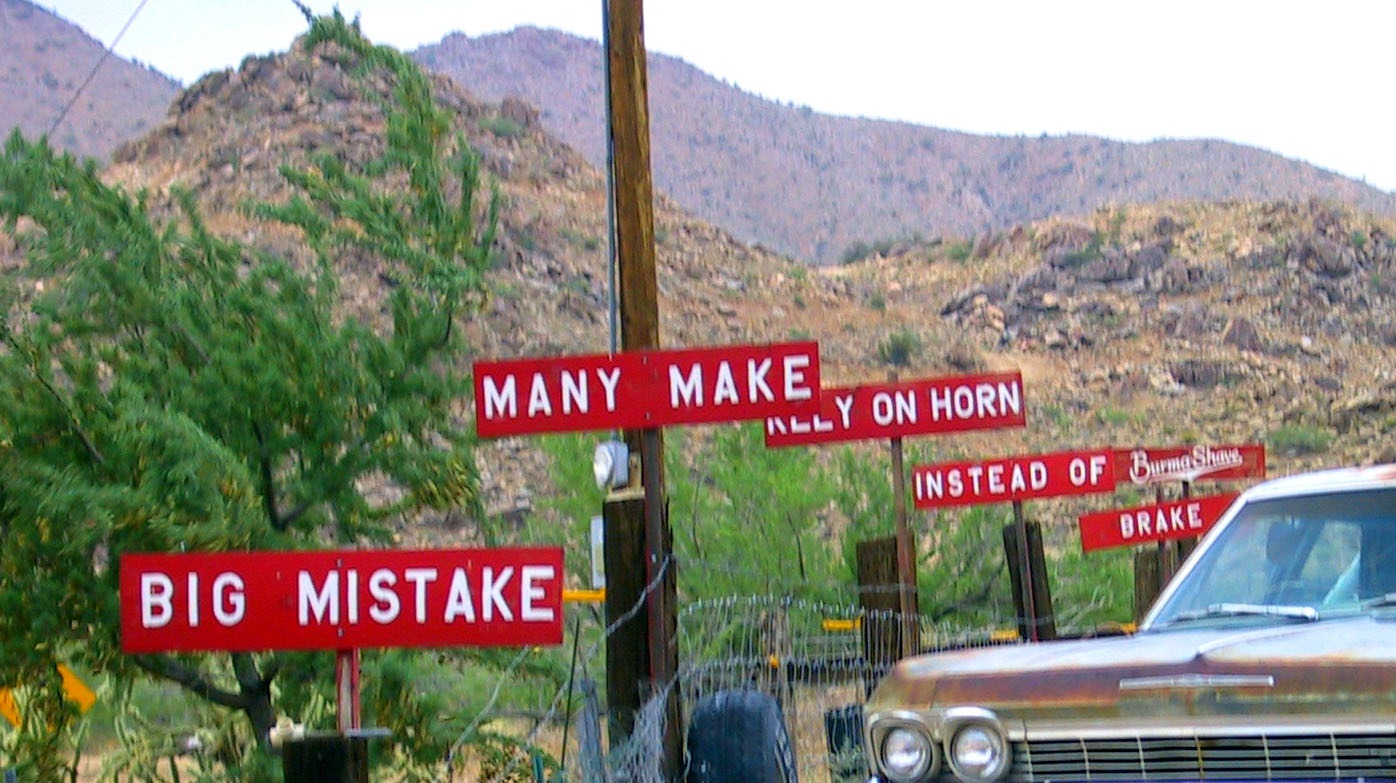
The lesson in all of this is that if you wait long enough, most things come back into fashion again. And that’s the case with these frequent road signs.
A story in Good News Network tells us about a guy over in England, a resident of the town of Chichester in West Sussex to be exact. While this hamlet is loaded with charm, a local bloke who refers to himself as CARP, short for the Chichester Anti-Recreation Partnership—is trying to bring a sense of fun back to an area deemed to be lacking things to do. Here’s a sample of his attention-getting signs:
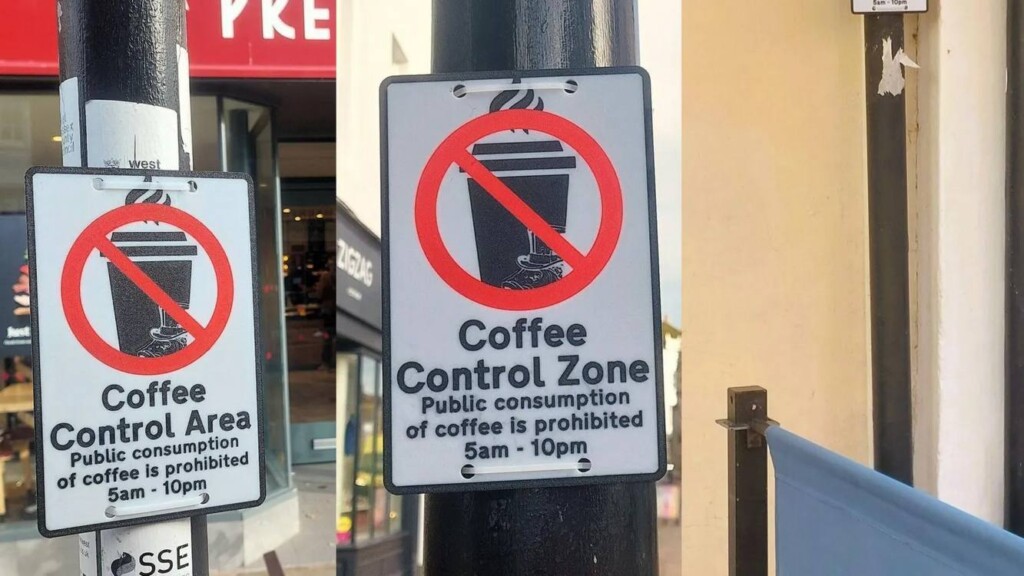
Credit CARP via Good News Network
He creates goofy signs like the ones you see here, and posts them all over town. The idea is for residents to read them, laugh at them (or sometimes, just groan), buzz about them on social media with the hope that perceptions about Chichester as a sleepy town begin to fade.
The campaign is already showing signs of success. In response, Chichester’s city council is vowing to launch more exciting things-to-do for residents of all ages in the community.
And the “campaign” goes on, as mystery man (or person?) CARP continues to dream up more signs, posting them anywhere and everywhere.
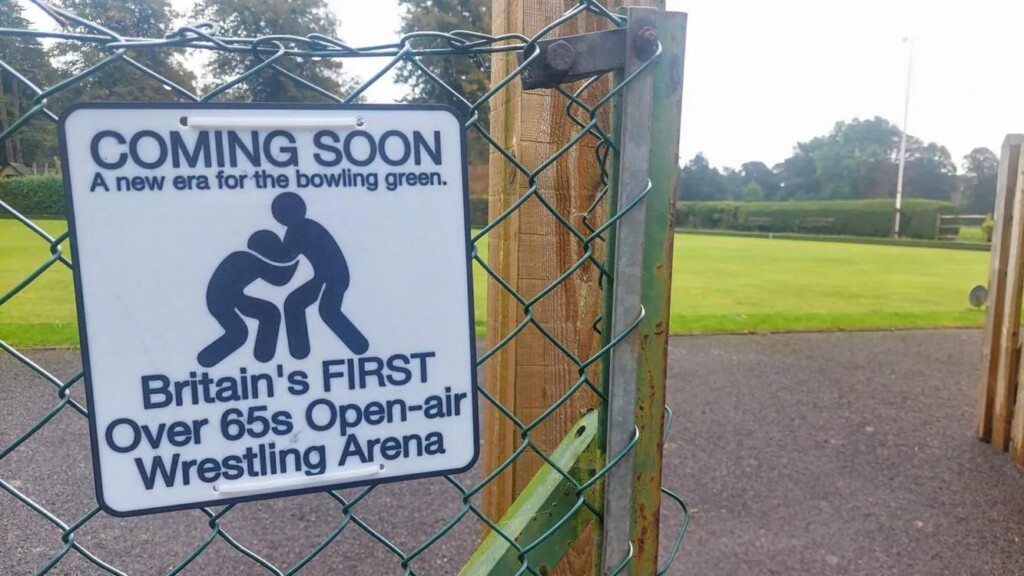
Credit CARP via Good News Network
What’s in it for radio? It’s an easy case of stealing a promotion that works—for any format, personality, or contest/event.
If you’re got a huge personality, that can open even more creative doors, too. A morning show could certainly embrace the concept. It might also be of interest especially for stations that may be cash strapped and therefore unable to scrounge up enough capital for a more standard marketing push or billboard buy.
It’s reminiscent of those old radio promotions where a limo would drive all over town, making many high-profile stops at common areas—a park, street mall, etc. A guy with a tuxedo would jump out of the car, handing out money to anyone and everyone. Initially, the station sponsoring this buzz-inducing campaign would remain unidentified—and that added to the air of mystery.
A sign initiative could take a similar approach. Of course, a stealth, campaign of this kind has its complications. There’s the reality of signs being removed. It would be important to keep tabs on these signs, replacing them when/if there is a certain amount of attrition due to signs disappearing. Just like with Burma-Shave, ubiquity is a key element to success here.
So is creativity. Time spent on crafting clever, eye-catching messages are integral to any campaign’s success. But you knew this.
Along these lines, it would also be important to monitor which signs—or campaigns—truly resonate. Once identified, stations might go all-in with the one(s) that perform best.
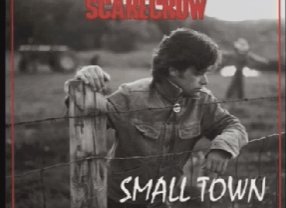
Screen cap via YouTube
There’s a lot to be said for the John Mellencamp “school of marketing.” Stations in medium and smaller markets have a better chance of success with this “mini-outdoor” concept simply because they have less metro “real estate” to cover.
Putting this together in Chicago or L.A. would be a heavy lift, given the sheer size and physical footprint of the market. All that said, however, when stations even in large metros commit to chasing PPM panelists located in a zip code or two, a more focused version of this sign concept can connect with local residents in these areas, too. Bigger stations might want to simply highlight a niche geography or two.
Last week, Radio Ink ran a series focused on how small market radio stations are enjoying success, even given the death of national business, economic uncertainty, and the overall unpredictability all over their markets. While owners and managers discussed a slew of opportunities and variables in the two-part piece, station marketing was not an included topic. And it needs to be. Even in smaller markets—especially in smaller markets—marketing and visibility are essential pieces of the pie. (Here’s Part 2 of the Radio Ink profile on smaller markets.)
BTW, public and Christian stations can capitalize on these mini-marketing campaigns, too, whether it’s to publicize a fundraising effort, a new local show, or a new personality.
When budgets are tight, the marketing burden comes down to creativity, proactivity, and taking the road less traveled. You never know whose signs you end up driving by.
Originally published by Jacobs Media

